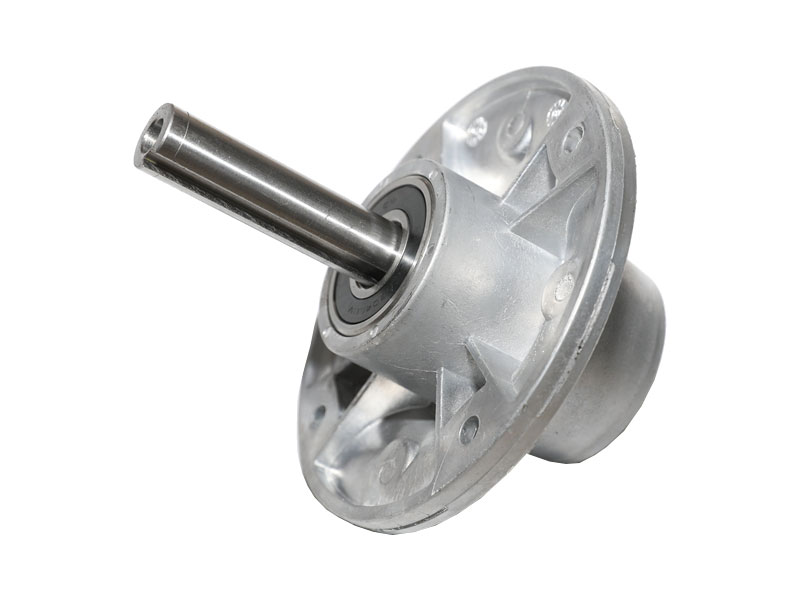The spindle housing is the main body that supports and contains the spindle components. It must provide high rigidity, damping, and thermal stability to minimize vibration, deflection, and thermal deformation during cutting. Spindle housings are usually made of cast iron or steel and are designed to handle various spindle speeds, tool loads, and cutting forces. The housing may also include cooling channels or fins to dissipate heat generated by the cutting process.
The spindle shaft is the central part of the spindle assembly that rotates and transmits power from the motor to the cutting tool. It must be straight, concentric, and balanced to prevent runout, chatter, or excessive wear on the tool and workpiece. Spindle shafts are typically made of high-grade steel, such as tool steel or bearing steel, and are heat-treated and ground to precise dimensions and surface finish. The shaft may also incorporate features such as keyways, threads, or tapers to accommodate different types of tool holders.
The bearings are the critical components that support and guide the spindle shaft and absorb radial and axial loads. They must provide high stiffness, accuracy, and durability to maintain the spindle's rotational stability and minimize friction, heat, and wear. Bearings for spindle assemblies are usually of two types: rolling-element bearings (such as ball bearings or cylindrical roller bearings) or hydrodynamic bearings (such as journal bearings or air bearings). The choice of bearing type depends on various factors such as spindle speed, load capacity, lubrication, and temperature.
The tool holder is the interface between the spindle and the cutting tool. It must provide precise and secure clamping of the tool and allow for easy and quick tool changes. Tool holders for spindle assemblies come in various types, such as collets, chucks, or turrets, and may have different gripping mechanisms, such as spring collets, hydraulic chucks, or mechanical clamps. The tool holder also affects the runout and balance of the cutting tool and thus influences the surface finish and accuracy of the machined part.
The coolant system is an essential part of the spindle assembly that provides a flow of coolant (such as oil, water, or air) to the cutting zone to reduce heat, lubricate the tool, and flush away chips and debris. The coolant system must be designed to minimize the risk of leakage, contamination, or corrosion and to optimize the cooling and lubrication performance for different cutting operations. Coolant systems for spindle assemblies may include features such as nozzles, filters, pumps, or temperature sensors.

 English
English 中文简体
中文简体 Español
Español svenska
svenska












